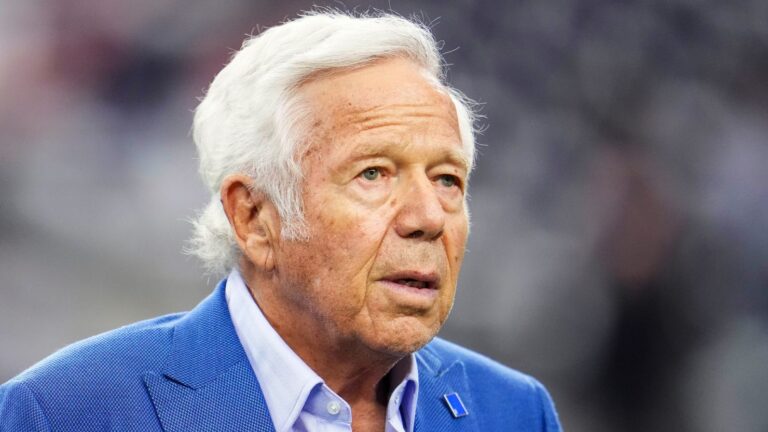Millions of people from around the world place their written prayers on small pieces of paper and wedge them into the Kosel, or mail them to “God, Jerusalem”. It’s Rabbi Shmuel Rabinowitz – the Kosel Rov – who clears them up.
It’s up to Rabbi Rabinowitz to make sure there’s room for future paper wishes. Twice a year his team collects hundreds of thousands of notes and buries them on Har Hazeysim. Rabbi Rabinowitz and a dozen workers sweep the Kosel with wooden sticks in order to reach up high to snare the notes closest to the heavens.
They never read them and have never counted the number of scripted prayers, but in each collection there are enough to fill about 100 shopping bags, each with thousands of notes, Rabbi Rabinowitz told Reuters.
(Source: Reuters)






16 Responses
The Tefillos in those kvittelach should be niskabbel.
“The Tefillos in those kvittelach should be niskabbel.”
AMEN!
What a sad job that is. I would never wanna have a job like that- to clean up Kvitlach from people all over the world & from people from all different background & religions.
btw, can u please post the dates wen he does this. if we put in a note right after than it’ll b in the Kotel for longer. (just imagine putting right before)
The people who put those in those kvittlekh really think they will be helped in some way through that?
3. Why do you think it’s sad to lovingly collect the tefillos of people who pour out their hearts to their Father in Heaven, and to make room for more?
4. I think it’s before Rosh Hashannah, and before Pesach. And do you think Hashem will hear a tefilloh more if the kvittel is in for six months than one second?
5. While I can only speak from personal experience, yes, they do, and they are.
Why not. If hashem can read our lips, I am sure hashem can read our kvitlach.
hay oncefrum..have you ever been to the kosel hamarovi..probably not , because if u would have been there for even a second the atmosphere would totally overwhelm you & u probably wouldnt be talking that way…dont worry rosh hashana is a few days away..youll be back iyh..
oncefrum,
Is your question about prayer itself, or the specific medium used by the kosel?
Life can be very challenging, but Hashem hears the tefilos of all. No one is too small to receive Hashem’s interest and attention.
Yes, if. If this, then that naturally follows, but you must check your premises. You can’t base a logical argument on a soofik.
Oncefrum,
Why do you even bother davening (if you do), do you think you will be helped in some way through that?
There is a mamentum leap in kavono when one davens at the kosel.
The mokom mikdosh is where all tefillos are directed towards. that is why we physically face in that direction while davening.
By davening towards that holy site one enhances ones concentration by a physical act. This helps focus on the Ribono Shel Olom during tefillo.
Having a Kvittel in the Kossel can have the effect of a relay station in kavono, as one has an additional connection physically in the kossel to channel ones tefillos.
Yhi rotzon that all our tefillos be answered letovo.
#9 – Both, really, just the kvittlekh in the koisel is a special application.
#11 – I don’t :).
Oncefrum,
I know it’s not easy to focus attention on the intangible, and davening to a Creator you cannot see can be a challenge to some.
You can only gain insight from your own experience in this area. I would try to experience a “skepticism-free” attempt to develop a relationship with Hashem, no strings attached, and then reevaluate on your own terms.
Prayer does not need to be in public, or always formally structured. See if you can approach this without distraction or the inner “nay-sayer”- the clarity of purpose and freedom from external influence will help you achieve your own insights into this matter.
We ALL are in a learning curve on this thing called living- we are all here together, reaching out, (I sometimes grope more than reach ☺), trying to understand.
Sarah,
Thanks for the kiruv.
cherryhillbilly,
I’m sorry for your sarcasm. Perhaps your fingers were just quick, and you didn’t really intend this type of message?